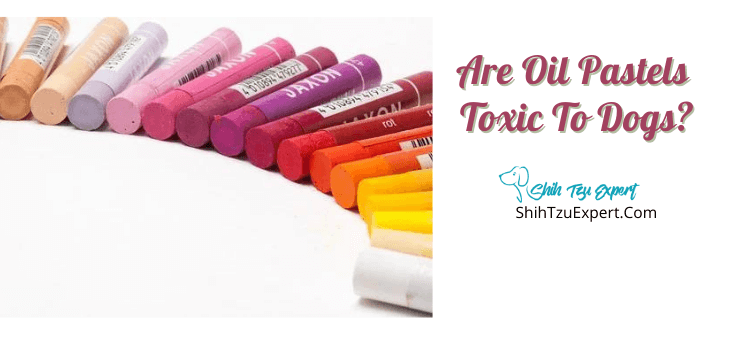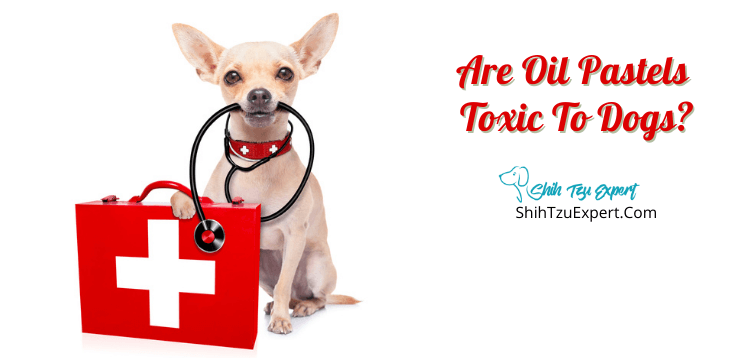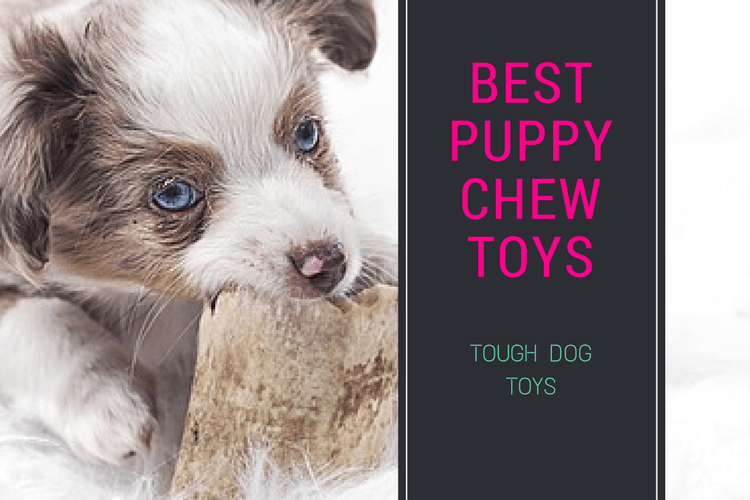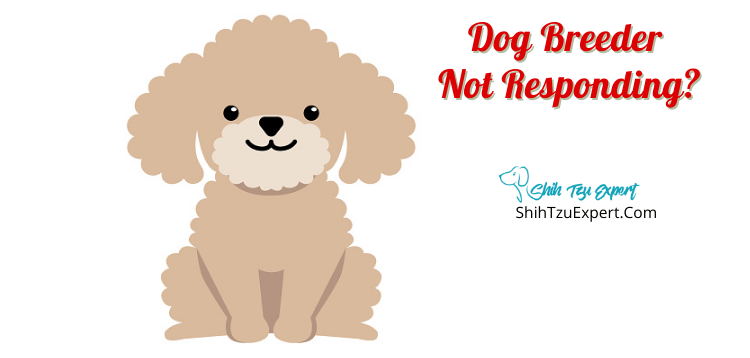If you use art supplies such as paints, pastels, chalk, clay, etc., and own a pet, you know how stressful it can be keeping them away from your products.
We’ve all been in a situation where our pet decides to chew or eat our favorite products, but what do you do if you think they may have eaten something toxic? We have answered some of the most important questions about oil pastels and your pet’s health below.
Are Oil Pastels Toxic To Dogs [If Eaten]
Keep your pets healthy and safe while you keep doing what you love by following the advice above. No need to throw away your oil pastels— just read the ingredients, lock your products up, and use a finishing seal! If you believe your pet has ingested or inhaled oil pastel, call the Pet Poison Helpline immediately (1-800-213-6680).

What Are The Signs Of Oil Pastel Poisoning In A Dog?
The signs of oil pastel poisoning will depend on the type and amount of product ingested. Look for these signs:
- Vomiting
- Diarrhea
- Depression
- Agitation
- Lack of appetite
- Labored breathing if aspirated into lungs
- Purple or blue gums if aspirated into lungs
If you notice any of these signs and believe your dog has either ingested or inhaled oil pastel, call your veterinarian or the Pet Poison Helpline immediately.
Can My Dog Get Sick From Chewing Oil Pastels?
While many types of paints and pastels were once extremely toxic when ingested, it is not so much the case anymore. Most art supplies, including oil pastels, are specifically made to be non-toxic. That being said, the toxicity may depend on the color and what pigments were added to the pastel to create that shade. It is possible for your dog to get sick from chewing certain oil pastels. This is why is it always necessary to check the ingredients on your art supplies.
Check to make sure your oil pastels do not contain lead or any other heavy metals as ingestion of these could be lethal. If you believe your dog has ingested or inhaled any type of heavy metal, call your veterinarian immediately and bring your dog in for a check-up.
It is more likely that your dog could get sick if they inhale the fumes from the oil pastels. This can harm the lungs and can cause labored breathing which may create more severe problems for your dog.
How Much Oil Pastel Is Poisonous To Dogs?
The toxicity of the oil pastel depends on its contents. Most oil pastels are non-toxic and will only cause mild discomfort in your dog’s gastrointestinal system for a short time. However, if the pastels are made with any type of heavy metal, particularly lead, it could only take a small amount to be fatal. Just a small amount of lead (50-200 mg) is enough to be poisonous to a medium-sized dog. The amount of heavy metal it would take to be poisonous can be lower if the pastel is inhaled rather than ingested, as well.
What Do I Do If My Puppy/Dog Ate Oil Pastel?
If your dog has eaten or inhaled oil pastel, remain calm. Follow the steps below to ensure your dog is properly treated.
- The first step you should take if you believe your pet has eaten or inhaled oil pastel is to call the Pet Poison Helpline (1-800-213-6680). They will help guide your next steps and provide quick intervention.
- Try rinsing out your dog’s mouth or giving your dog water to drink.
- Give your dog some food. Food may help fill the stomach and protect your dog’s stomach lining from anything poisonous.
- Take your dog to the vet immediately if you are unsure of what to do.
Never induce vomiting unless specifically instructed to do so by either your veterinarian or the Pet Poison Helpline. This is important because induced vomiting has the potential to exacerbate exposure to the poison by directing it to the lungs.
How Will My Veterinarian Diagnose Oil Pastel Poisoning?
If you are at the veterinarian’s office because you believe your dog may have eaten or inhaled oil pastel, your veterinarian will most likely be looking for specific signs of this type of poisoning.
The veterinarian can X-ray your dog’s stomach to look for signs of heavy metal poisoning as well as the lungs for evidence of inhalation. In addition, blood tests can be used to determine the levels at which your dog’s organs and body as a whole are functioning.
Is There An Antidote For Oil Pastel Toxicity In Pets?
While there is no formal “antidote” for oil pastel toxicity, medications and treatments are available. When a dog ingests something potentially toxic, it is usually the kidneys that are the hardest hit. There are drugs that can stop kidney damage if it is caught soon enough. Similarly, there are drugs available to counteract lead poisoning.
How Should A Dog With Oil Pastel Exposure Or Poisoning Be Treated?

As mentioned before, treatment depends on whether the oil pastel was ingested or inhaled as well as the amount. Here are a few of the treatments available:
- If your dog vomited or experienced diarrhea, this can be treated with fluids, anti-nausea medication, and GI medications. If severe enough, your dog may need an IV.
- Hospitalization is always a possibility if the amount ingested was very large or a certain toxin was in the oil pastel. The vet will provide an IV, various medications, and constant blood work.
- If your dog ingested lead, they will need to go to the hospital. The vet will provide a mediation that flushes lead out of the body.
Can Dogs Recover From Oil Pastel Poisoning?
Yes! Dogs can absolutely recover from oil pastel poisoning. If your dog ingested or inhaled an oil pastel containing lead, your dog will also most likely fully recover. Medicine is extremely advanced and we have a good understanding of how oil pastel poisoning affects the body.
However, the fact that dogs almost always recover from oil pastel poisoning should not make you less diligent in preventing such from occurring. Such poisoning may leave your dog with life-long health problems and could, in extreme cases, cause death.
How Can Oil Pastel Poisoning Be Prevented?
The number one way to prevent oil pastel poisoning is to keep your oil pastels locked away from any pets you have within your home. Keep them in a secure location your pet has no access to, even if they get nosey.
When using oil pastels, be sure to keep your pet far away in case you do not notice them snooping around or a spill occurs. If you do spill, make sure you secure your pet until the mess is cleaned up. Watch out for solid oil pastels that may roll of the table.
When washing brushes, be sure to keep your pet away, as well. They may be tempted to lick the wet brushes.
Are Crayola Oil Pastels Toxic To Dogs?
The Art and Creative Materials Institute, Inc (ACMI) has certified Crayola oil pastels as a non-toxic product. However, they are still not recommended for children under 36 months due to a choking hazard. That being said, always check the ingredients to be sure.
Are Pentel Oil Pastels Toxic To Dogs
Just like the Crayola oil pastels, Pentel oil pastels are also certified by the Art and Creative Materials Institute, Inc (ACMI) as non-toxic. That being said, always check the ingredients to be sure.
How Can I Make Oil Pastels Safe? Is There A Safety Seal?
The best way to keep your pets safe from oil pastels is to simply keep them as far away from the product as possible. However, we know this is not always possible. Particularly if you do not have storage space to keep your pets away from finished projects.
Because oil pastels are non-dry, it can be important to seal the finished product to keep your pets safe. There are many types of oil pastel seals you can put on top of your finished project to keep both it safe as well as your pet.
Are All Pastels [Chalk, Oil] Poisonous To Dogs?
While most pastels are non-toxic, it is important to check the ingredients no matter the exact product, whether it be chalk, oil, or something else. Look out for ingredients such as cadmium, cobalt, and lead. These can all be extremely toxic to both dogs and humans if ingested.
Are There Dog Safe Non Toxic Oil Pastels?
There are absolutely non-toxic oil pastels. In fact, almost all oil pastels on the market are now certified non-toxic products. Above, we mentioned two well-known brands that are both non-toxic: Crayola and Pentel. The best way to keep your dog safe, however, is to keep them away from the product to begin with. Keep your dog in a separate room when using oil pastels and lock them away somewhere your dog cannot reach when finished.
Are Oil Paints Toxic To Dogs?
As we have covered in this article, even though most art products are non-toxic today, it is always important to check the ingredients. Oil paints are most toxic to dogs when the fumes are inhaled which can cause severe irritation of the skin, eyes, and lungs. Similarly, if oil paint is ingested it can cause GI issues such as vomiting or diarrhea.
If you believe your pet has ingested or inhaled oil pastel, call the Pet Poison Helpline immediately (1-800-213-6680).
References
https://www.aspca.org/news/these-popular-hobbies-could-pose-threat-pets
https://vcahospitals.com/know-your-pet/paint-and-varnish-poison-alert-for-dogs-and-cats
![12 Best Dog Clippers for Shih Tzu [Fun & Easy Grooming] 12 Best Dog Clippers for Shih Tzu [Fun & Easy Grooming]](https://shihtzuexpert.com/wp-content/uploads/2017/04/Best-Dog-Clippers-for-Shih-Tzu-1.png)



